Problem solving is a critical skill set that companies are looking for in their employees. This is especially so in a hyper-connected business environment where traditional business models don’t work. While embracing technological advancements is important, we must also acknowledge the challenges these bring to industry. Hence, having the necessary skills to identify implementable solutions is crucial.
At SIT, students are constantly being trained to think on their feet, assess problems and find solutions. Those in the SIT-Massey University Food Technology programme, for instance, are expected to think throughout many practical sessions as part of SIT’s applied learning pedagogy.

Forty-nine Year 3 Food Technology students had the unique opportunity to work on industry projects and solve problems during their 28-week Integrated Work Study Programme (IWSP), which ran from January to July 2018. IWSP is a distinctive work placement programme that all students reading SIT and joint SIT degrees undergo.
These students from the Food Technology programme were seconded to food companies, where they immersed in real work environments to acquire in-depth knowledge on industrial manufacturing operations.
Putting on the critical thinking hat
A unique assignment that these 49 students needed to complete was ‘A3 problem solving’, where they had to identify a ‘problem’ or issue in their IWSP company, and come up with a solution on an A3-sized paper. This structured problem solving approach was first employed at Toyota and typically used by lean manufacturing practitioners.
“The A3 approach allows the entire problem identification, clarification, analysis and resolution steps to be documented on a single sheet of paper. It requires the author to think deeply about what the message is and what is critical for the audience to know,” explained A/Prof Lim Bee Gim, Programme Director, Food Technology. “Through this task, we hope to train students to put on their thinking hat, be thinking tinkerers and more importantly adopt a continuous improvement mindset.”
A main challenge in writing A3 reports is to distill loads of information into its salient points, and communicate those points clearly and persuasively. The clarity and precision resulting from this thinking is what helps enhance problem-solving and decision-making capability within an organisation.
Improving processes at manufacturing plant
Food Technology student Salwah Binte Abdul Rashid did her IWSP at a global healthcare company. “My 7-month IWSP has been a fulfilling experience. Not only had I gained deeper insights into the food industry, it also gave me a competitive advantage in future employment,” Salwah shared.
Salwah’s A3 project was focussed on reducing the changeover times in production of milk powder in the manufacturing plant. After much analysis, she found out that one of the root causes for the prolonged changeover times was due to long clean-up time in the spray dryer machines.
“The project was an excellent opportunity for me to apply theory into practice, as well as analyse problems and implement strategies holistically. It taught me the importance of looking at things from multi-dimensions, not just the technical aspect but the business perspective as well. The A3 method is really a valuable critical thinking tool that helps to target the underlying root cause,” commented Salwah.

Salwah (centre) presenting her A3 project on “Reduction of changeover times for the production of milk powder” to her IWSP company.
Ensuring consistency of salt content in fish balls
Salwah’s classmate, Loh Hui Lin, had a fruitful IWSP experience with a seafood products manufacturer. Hui Lin’s first project was to collate data of handmade fresh fish balls daily. Observation from these data ignited her curiosity on the varying saltiness of fish balls. She decided to embark on this topic for her A3 assignment.
“The number of production steps for fresh fish balls made the root cause analysis rather complicated. Fortunately, under the guidance of my SIT supervisor, we carried out various lab trials and observations during production to prove my hypothesis. The A3 project allowed me to tailor suitable countermeasures in the salt monitoring procedure for the company,” said Hui Lin.
To promote problem solving skills in SIT’s undergraduate training, an “Outstanding Student Award for Excellence in Problem Solving Component of IWSP in Food Technology” will be given out in a ceremony in October. Good luck to Salwah and Hui Lin!

Hui Lin (4th from left) discussing her A3 project on “Reduction of salt concentration variation in handmade fresh fish ball” with her colleagues.

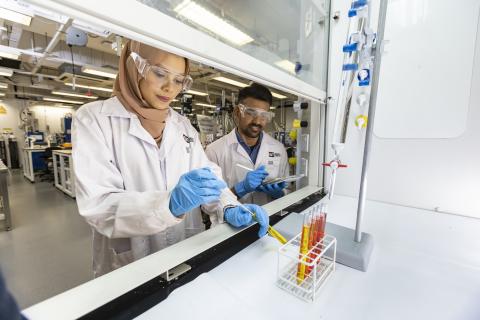




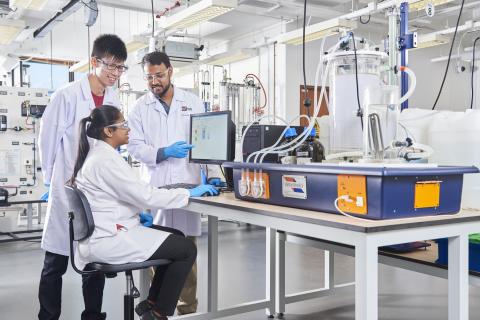
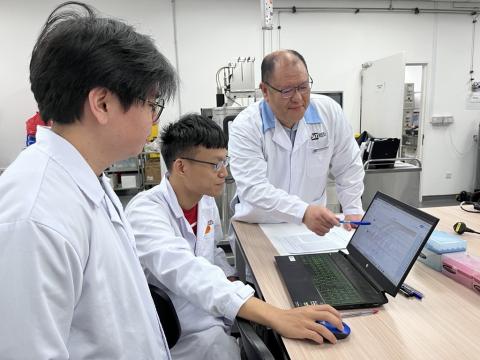
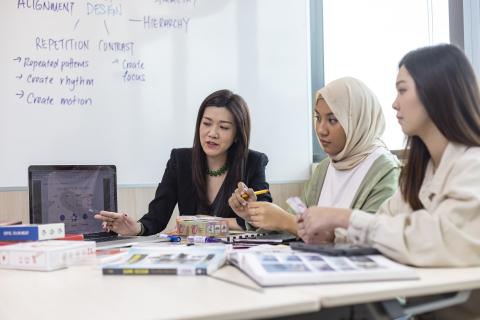

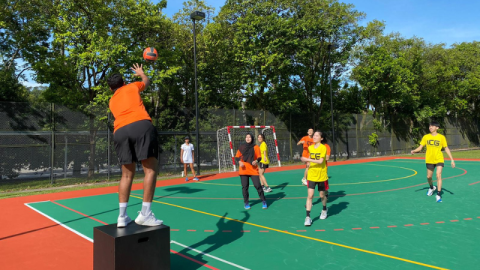




![[FA] SIT One SITizen Alumni Initiative_Web banner_1244px x 688px.jpg](/sites/default/files/2024-12/%5BFA%5D%20%20SIT%20One%20SITizen%20Alumni%20Initiative_Web%20banner_1244px%20x%20688px.jpg)


